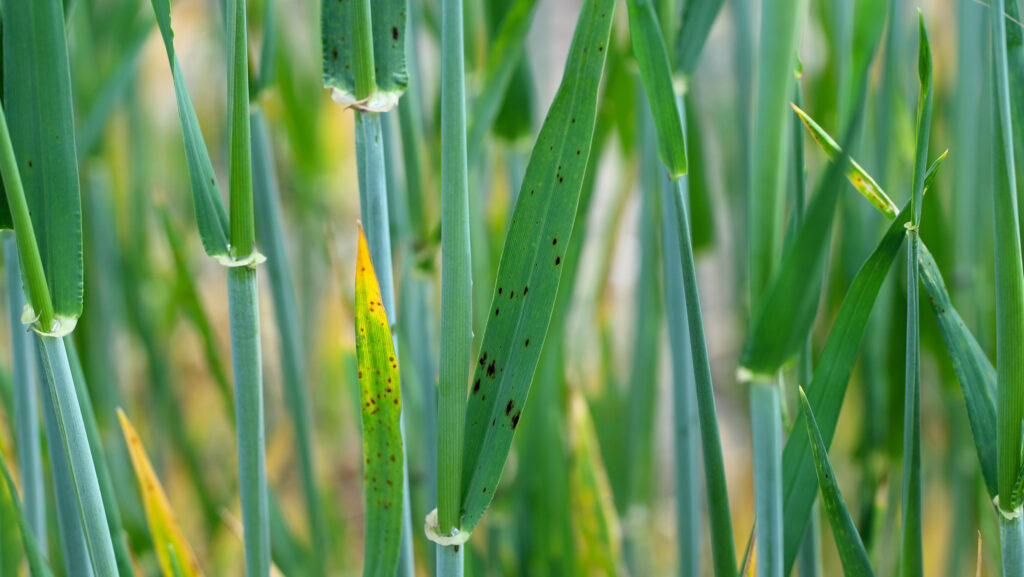Early-drilling could see rise in spring barley net blotch
 © AdobeStock
© AdobeStock Early-drilled spring barley, particularly with untreated seed, may require an early fungicide spray to counter increased net blotch pressure.
ProCam agronomist Alistair Gordon warns net blotch has rapidly become one of the hardest diseases to control in spring barley.
“We are already hearing reports that a significant seed volume is confirmed to have high levels of net blotch.
Where untreated seed has been drilled, or where drilling was brought forward to make the most of the recent dry conditions, the risk will be even greater,” explains Alistair.
See also: Gout fly warning for spring cereals in high-pressure year
Prevention is crucial
The added complication of disease resistance means it’s no longer possible to cure infections once taken hold.
Prevention is crucial to ensure crops remain as clean as possible for as long as possible.
With this in mind, Alistair recommends an early season fungicide treatment.
“The advice this year is to bring crop protection plans forward by applying a suitable fungicide as soon as possible.”
“In a normal year, or in a low disease pressure scenario, it might be feasible to wait until the traditional T1 timing to apply a first fungicide treatment.
“Unfortunately, that approach won’t cut the mustard this year,” he says.

Alistair Gordon © ProCam
Among the other methods for mitigating net blotch pressure is selecting a variety with a strong resistance rating, or applying an appropriate seed treatment.
If already infected or not naturally resistant, some spring seed could prove to be a time bomb.
But, with seed treatments unlikely to offer full control, monitoring crops during early growth stages will be even more important this year.
Alistair recommends growers and agronomists look for symptoms of net blotch, which displays brown stripes of infection spreading from the base of leaves in seedlings, ahead of the first tiller stage at growth stage 21.
Crops can easily become infected either via seedborne or trashborne sources of inoculum.
“Most growers will already be planning to apply weed control and trace elements at this timing, so it makes sense to use the opportunity to apply a fungicide to knock back any infection that has travelled up from the seed or which has been transmitted into the emerging plant from infected trash.”
Fungicide choice
In terms of which active ingredients to apply at this early timing, Alistair says growers and agronomists need to choose carefully to ensure the selected treatment is effective.
“A developing resistance issue has made several azoles and SDHI fungicides less effective.
“It is important to protect key actives such as prothioconazole, adepydin and fluopyram by using them in conjunction with another mode of action.”
He recommends including a strobilurin, but even some active ingredients in this fungicide group – such as fluoxastrobin and azoxystrobin – have been hit by resistance.
“Thankfully, pyraclostrobin and trifloxystrobin have so far remained unaffected by any disease mutations, with products such as Mobius (175 g/L prothioconazole and 150 g/L trifloxystrobin) and Comet 200 (200 g/L pyraclostrobin) useful options to deliver effective QoI’s at this early GS21 timing.”

